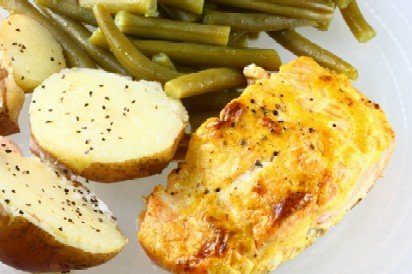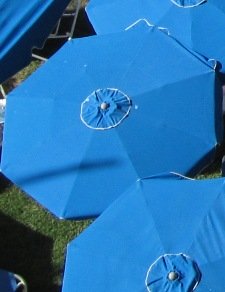Food Sources of Vitamin D
Sun Protection is a fact of life™
Food sources of Vitamin D vary depending on where you live, but there are still many different ways to get enough vitamin D in your life.
The first (non-food source) of these is simply to spend enough time out in the sunlight without sunscreen or too many layers of thick clothing blocking your skin from the sun.
Despite fears of skin cancer, it really is important to get enough sunlight that your body can do what it adapted to be able to do millions of years ago- convert solar radiation into vitamin D.
Getting enough sunlight (in moderation, of course) is very important to your overall health. That said, there are other ways you can make sure that you get enough vitamin D as well.
You can take vitamin D pill supplements which are convenient and easy to make sure you are getting enough because they tell you the IU (International Unit) level right on the bottle.
There are many natural food sources of vitamin D as well, many of which are probably already in your diet. In addition to the natural foods, there are also other great food sources of vitamin D.

Many of the foods you can buy off the shelves of your local grocery store can help because they are fortified with a percentage of your daily value of vitamin D.
To start out with, let’s talk about the foods you can eat that contain vitamin D naturally.
You can find the highest concentration of vitamin D in fatty fish, especially catfish, which gets you 425 IU for 3 ounces and herring, which has a whopping 1383 IU for 3 ounces.
Experts now recommend you get at least 1000 IU a day, which is significantly up from the previous guidelines of 450 IU a day set back in 1994.
Other food sources of vitamin D include salmon, mackerel, tuna, eel and sardines, as well as the option to supplement with fish oil, which packs in 1360 IU in a single tablespoon.
In addition to fish, you can also get a decent amount of vitamin D in eggs (one egg provides 20 IU of vitamin D) and 15 IU in 100 grams of beef liver.
Fortunately for those whose diets are not full of fish, since about the 1960s many major food producers have been fortifying their products with vitamin D so you can eat worry free.
Commonly fortified products include milk, various kinds of juices especially orange juice, other dairy products made with that fortified milk like pudding, butter, and cheeses, as well as dairy replacement products such as margarine and many brands of rice and soymilk.
You can also find vitamin D fortified bread and baked goods. There are also a lot of ready to eat food products such as those you might find in the freezer section or the dehydrated foods aisle that are fortified with vitamin D.
Not getting enough vitamin D in your diet is very unhealthy and can actually lead to disorders like rickets, osteoporosis, and even certain types of cancer.
Fortunately, between food fortification and those foods with a lot of naturally occurring vitamin D, there are plenty of food sources of vitamin D available to make sure you get enough to stay healthy.
Join in and share your experience or story. How?
Simply click here to go to Vitamin D Stories








New! Comments
Have your say about what you just read! Leave me a comment in the box below.